The Mosque of Ferruh Kethüda
The Mosque of Ferruh Kethüda
The Mosque of Ferruh Kethuda, It is an important religious structure located in the historical Fatih district of Istanbul. This mosque was built in 1562-63 by Ferruh Agha, the kethuda, i.e. steward, of Semiz Ali Pasha, the steward of Sultan Suleiman the Magnificent. The tomb of Ferruh Agha is located in the courtyard of the mosque. The mosque was designed by the famous Ottoman architect Mimar Sinan and was also used as a monastery belonging to the Sünbüliye branch of the Halvetiye sect during the Ottoman period. That is why it is also known as Balat Tekkesi. However, other parts belonging to the tekke have been lost over time and only the mosque and the fountain have survived to the present day.
Balat Ferruh Kethüda Mosque is one of Istanbul's favorite cultural and religious sites due to its historical and architectural importance. Visitors can visit this place to discover the aesthetic beauty of the mosque and witness the fascinating history of the Ottoman State.
Where is the Ferruh Kethüda Mosque?
The Mosque of Ferruh Kethuda,
It is located on the northern bank of the Haliç, in the Balat district, which houses the historical and cultural riches of Istanbul. The mosque is located at the intersection of Ayvansaray Sub-Court Street and Kahkaha Street.
Places to visit in Istanbul,
The Lantern and the Ballad
The three-day Istanbul itinerary
You can study the itineraries, if you wish, on our page Istanbul Places to Visit.
Plan your trip.
You can create it.
How do you get to the Mosque of Ferruh Kethuda?
How to get to the Ferruh Kethuda Mosque We can answer your question like this: to go to the mosque, you have to go to Balat first. It is possible to reach it from different parts of Istanbul. Here are some commonly used ways to get to Balat:
-
The public transport:
Balat is easily accessible by public transport from different parts of Istanbul. Istanbul has an extensive public transport network, and you can choose options such as tram or bus to get to Balat.
The Marmaray: If you want to go to Balat by Marmaray, you must first get off at Yenikapı station. Then you have to transfer to the M2 Yenikapı-Taksim-Hacıosman metro. On the M2 Metro, you can get off at the Haliç station and take any bus in a few minutes to reach Balat by taking the coastal road.
The ferry: There is a ferry line that follows the route of Üsküdar, Karaköy, Kasımpaşa, Fener, Balat, Hasköy, Ayvansaray, Sütlüce and Eyüp. This line operates reciprocal flights approximately every hour during the day. You can easily reach Balat by ferry from any point on this route.
The subway: If you want to go to Balat by metro, you have to get off at the Ayvansaray stop. After getting off the metrobus from Ayvansaray, you can walk for 5 minutes to reach the Haliç coastal road. Then you can get on any bus to Eminönü and reach Balat in five minutes. - Special vehicle: If you rented a car in Istanbul or use your own car, it is quite simple to get to Ferruh Kethüdâ Câmii ⁇ ni using GPS or maps. However, when arriving in Balat, you may need to be careful about finding a parking space, as the streets are usually narrow and parking is limited.
- The walk: If you are in an area near Balat, you can also walk to Ferruh Kethuda. It can be a good option to explore the streets and sights of Istanbul. However, before going to Balat, it is recommended that you use Istanbul's local transport authorities or map applications to get up-to-date information about routes and public transport options.
The story of the Ferruh Kethüda Mosque
The story of the Ferruh Kethüda Mosque It dates back to the reign of Sultan Suleiman. It is one of the works of Mimar Sinan, which makes an important contribution to the historical heritage of Istanbul, and is located in the Balat district. This elegant mosque, built in 1562-63 by Ferruh Agha, the cadet of Veziriazam Semiz Ali Pasha, has been standing for about 464 years. The tomb of Ferruh Agha is located in the courtyard of the mosque.
Above the entrance door of the mosque there is an aesthetically written Arabic book. This book, It contains the following statements: "To draw closer to Allah, to elevate one's position with Him, and to worship Him". In order to obtain the intercession of the Prophet, during the reign of Sultan Suleiman, one of the most heroic leaders of the era, Ali Pasha, was commissioned by Ferruh Agha during the reign of Sultan Suleiman. The tomb of Ferruh Agha is located in front of the window of the pulpit in front of the mosque.
Places to visit in the vicinity of the Ferruh Kethuda Mosque
There will be a tour around the Ferruh Kethüda Mosque. And there are a few places to explore. Here are some places you can visit in the area:
- Balat Streets: Balat is famous for its historic and colorful streets. You can walk through these streets and feel the atmosphere of the area up close.
- Lantern Greek Orthodox Patriarchate: This patriarchy, located near the mosque, is one of the holiest places for Orthodox Christians. You can visit the patriarchal building and its garden.
- Church of the Moon Yorgi: This historic church in Balat is an important building from the Byzantine period. You can walk in and around.
- Church of the Moon: This church in Balat dates from the 6th century and is architecturally interesting. It's centuries old and architecturally interesting. You can visit to explore the inside.
- The Chora Museum (Museum of Career): Located in a region near Balat, this museum is famous for its magnificent mosaics and works of art from the Byzantine period. It is one of the most valuable museums in Istanbul.
- The Corridor Walk: You can take a pleasant walk on the shore of the gulf. You can have a nice time with a view of the sea.
- Feshane Istanbul Fair and Congress Center: If there are events or exhibitions, you can visit this centre.
- Hasköy Street: This street is full of nice cafes and restaurants. It's an ideal place to taste the local delicacies.
- The neighborhood of Eminönü: Eminönü, located near Balat, is a historically and culturally rich neighborhood. You can visit important places such as the Closed Church and the New Mosque.
These are some of the places you can explore around Balat and Ferruh Kethüda Mosque. With its historical and cultural richness, this area offers the unique atmosphere of Istanbul.
Architectural features of the Ferruh Kethüda Mosque
The architectural features of the Ferruh Kethüda Mosque:
- Plan and Construction: The mosque consists of a rectangular plan and a wooden final congregational section in the style of a sundurma, ending in the north with a harem with an inverted T-plan. This design reflects the influence of architect Sinan on early Ottoman architecture and uses a traditional plan scheme.
- Nishi of the Mihrab: The niche of the mihrab is covered with sheets of china in the six-secret technique produced at the Tekfur Palace factory. This feature marks a period when the china workshop at the Tekfur Palace was rarely used.
- The murals: There are rumors that on the northern outer wall of the mosque, on the wall of the last congregation section, there are paintings depicting the pilgrimage. Unfortunately, these paintings have not survived due to fires.
- Tekke and Other Buildings: In the courtyard of the mosque there was a monkey used as a Sunbuli Dergah. The mosque was probably the tevhithana of Tekken. The courtyard also contained dervish cells, a courthouse, and a fountain. However, during fires at the end of the 19th century, the courthouse and the wooden last congregational part of the mosque may have been destroyed. During the fires at the end of the century, the courthouse and the wooden last congregational section of the mosque may have been destroyed.
- Restoration work: In the 1940s, only four rows of stone and three rows of bricks from the four walls of the mosque remained intact. The minaret stood up to the glory. There is a polygonal wall surrounding the courtyard of the mosque and provides five different entrances to the courtyard. In the 1950s, the Mosque Association began the restoration of the mosque, and it was completed in the 1960s by the General Directorate of Foundations.
Ferruh Kethüda Mosque: A Historic Site of Istanbul
Ferruh Kethüda Mosque is located on Mahkemealtı Caddesi in the Ayvansaray neighborhood of Fatih, one of the historic districts of Istanbul. It was built in 1562-63 by Ferruh Agha, a cadet of Semiz Ali Pasha, an important statesman during the Ottoman period.
The Mosque of Ferruh Kethüda Architectural design
The mosque, designed by architect Sinan, is known for its remarkable architecture. The structure, built in reverse plan, consists of a vaulted harem and a rectangular and shaped wooden final assembly place adjacent to it from the north. This plan scheme plays an important role in early Ottoman architecture.
The Mosque of Ferruh Kethüda Monkeys and Other Parts
Around the mosque there is also a monolith that serves as a Sunbuli Dergah. The mosque was probably used as a tevhithana of this monkey. Over time, however, the courthouse and other buildings, as well as this one, were destroyed or lost.
The Mosque of Ferruh Kethüda Architectural features
One of the most important features of the mosque is the altar niche, which is covered with rare china made in the Tekfur Palace. In addition, the Tekfur Chinese on the walls of the mosque were stolen and destroyed in the 1940s.
The Mosque of Ferruh Kethüda Restoration and Protection
The mosque has undergone various repairs over time. It was reopened in 1953 with the initiative of the people of the district and the support of the Foundation Board. In 1986, it underwent a major renovation. Finally, a comprehensive restoration was carried out by the Istanbul 1st Regional Directorate of the General Directorate of Foundations in 2016-2021. A comprehensive restoration was carried out by the Regional Directorate in 2016-2021.
Ferruh Kethüda Mosque contributes to the cultural heritage of Istanbul as an important structure both historically and architecturally. Built by architect Sinan, this mosque is an important example of 16th-century Ottoman architecture. It is an important example of Ottoman architecture of the 20th century. This elegant structure, which still stands today, reflects the rich history of Istanbul.

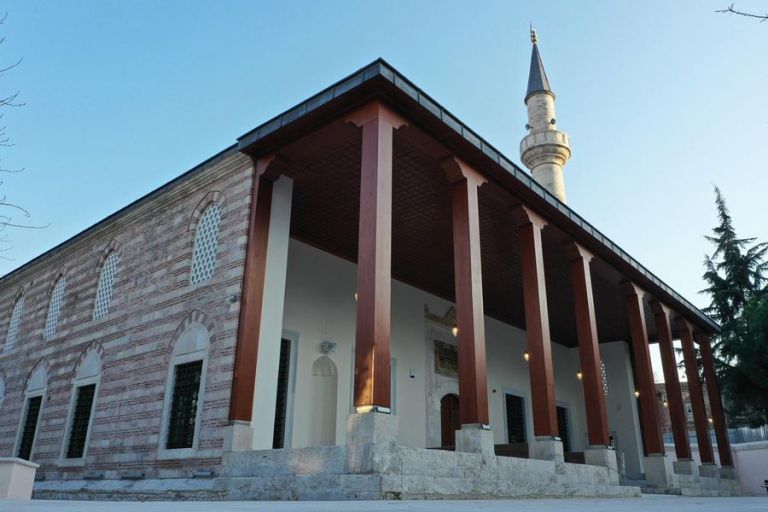
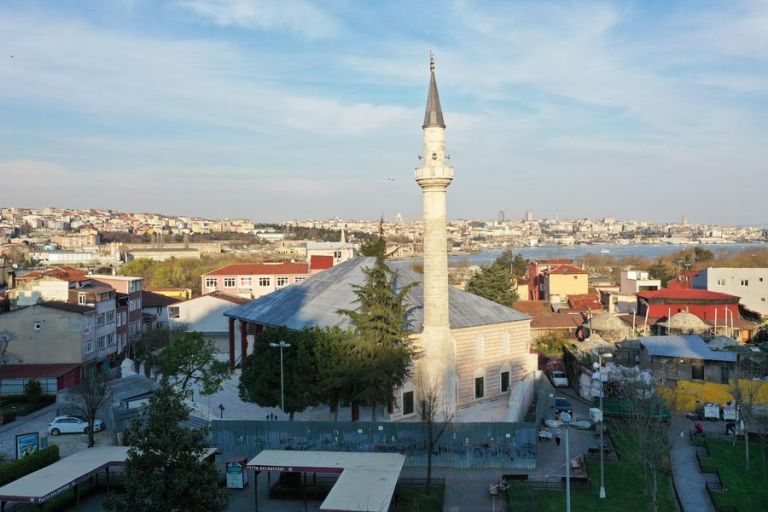
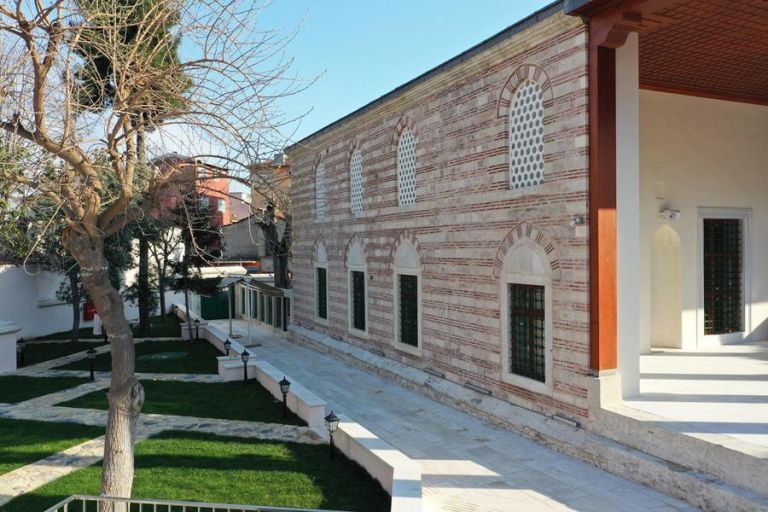
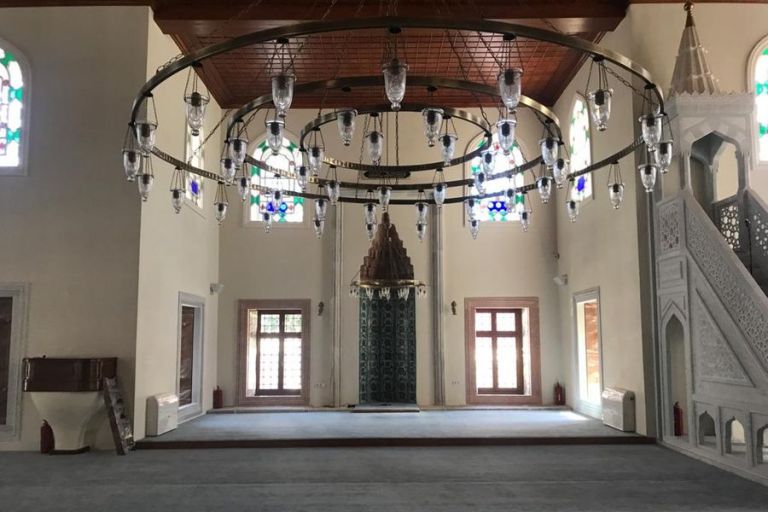
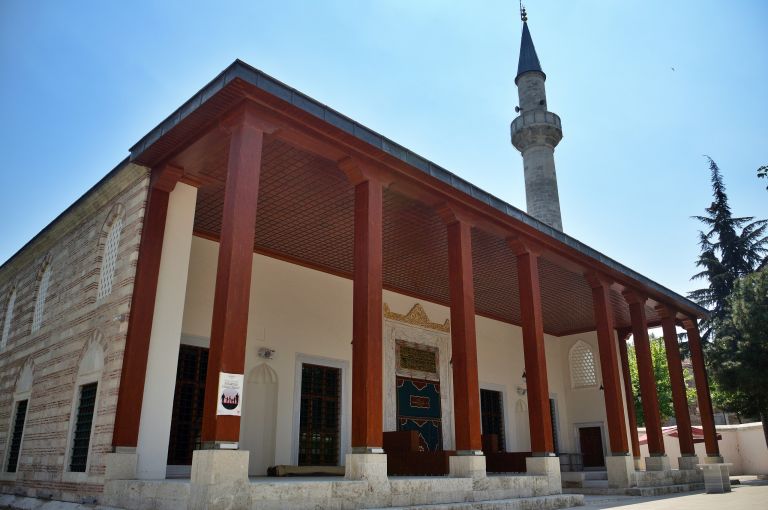
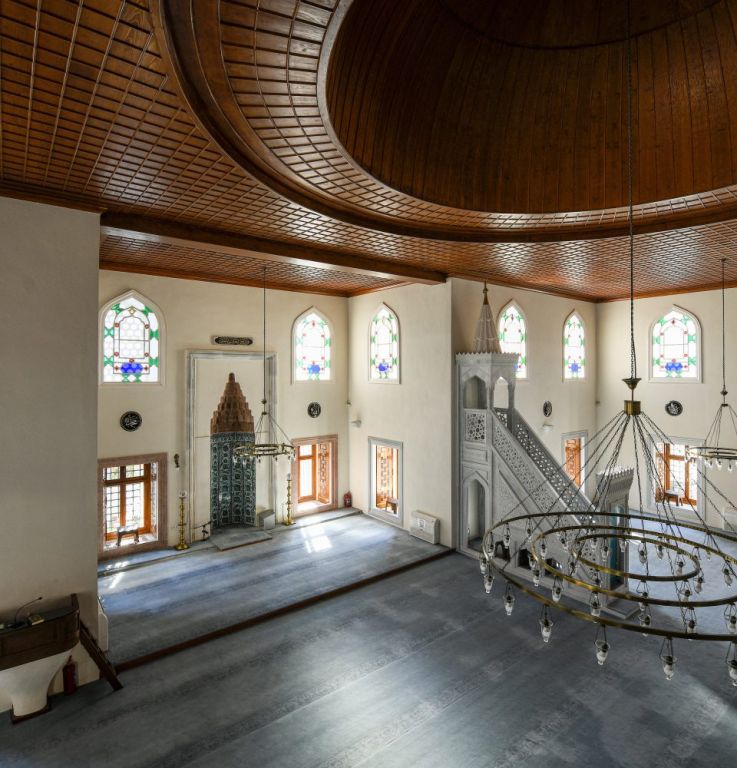






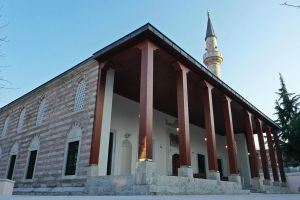
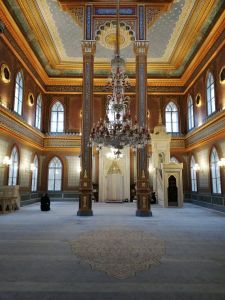
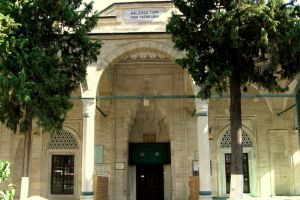
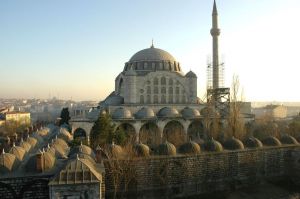
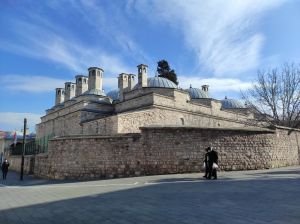
Değerlendirmeler